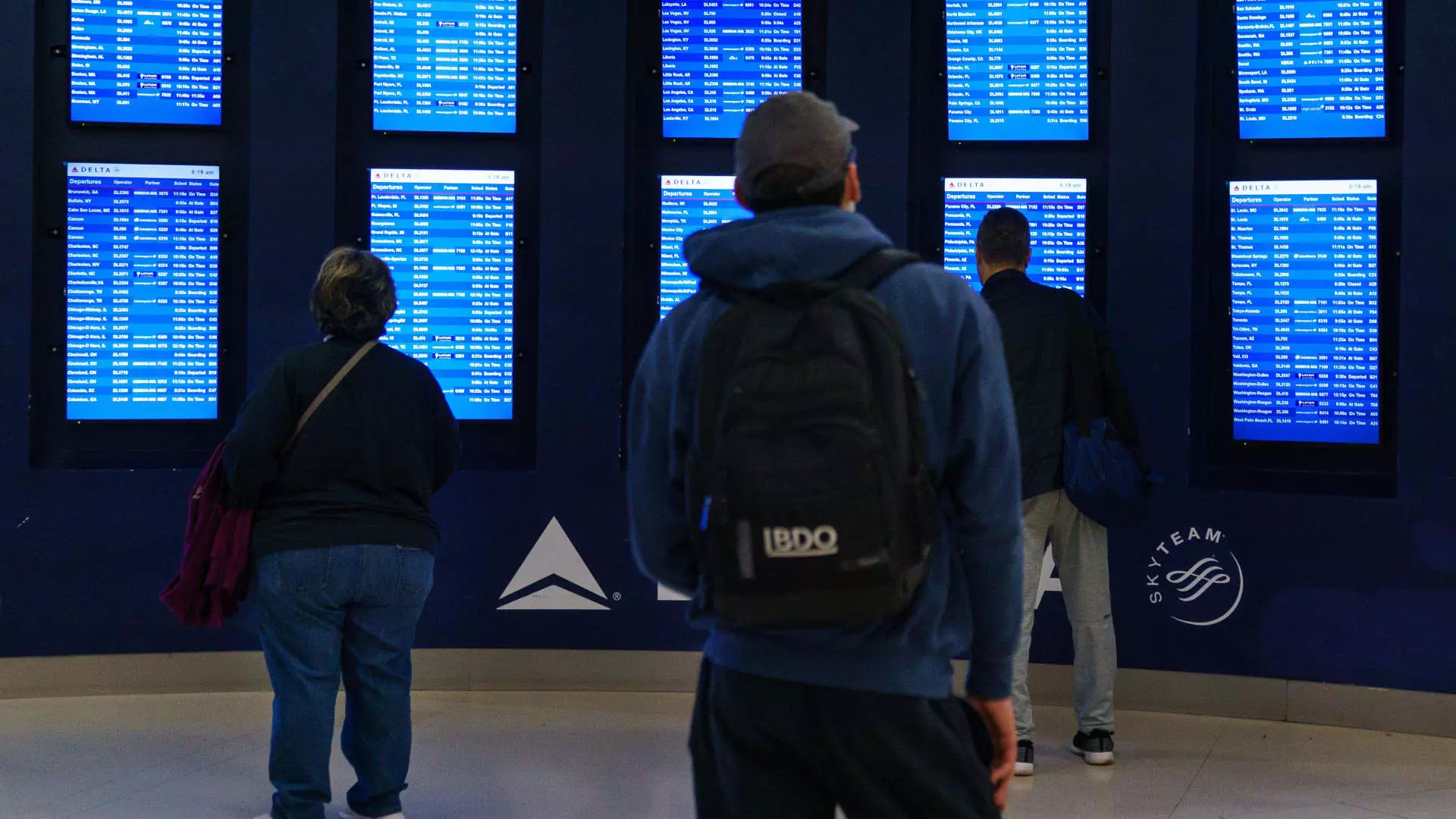The aviation industry in 2024 has witnessed a remarkable recovery, particularly in international travel. A significant metric used to gauge this growth is revenue-passenger miles (RPM), which surged nearly 11% compared to the previous year, according to the International Air Transport Association (IATA). This resurgence demonstrates a shifting trend in travel behavior, with airlines poised to capitalize on this renewed demand. IATA forecasts that the number of aircraft departures will reach 40 million in 2025, reflecting a 4.6% increase from 2024. Clearly, the aviation sector is not just recovering; it is thriving and expanding.
In response to the upswing in air travel, airlines have taken swift action to enhance their offerings. By adding more flights and increasing the number of premium seats, carriers are focusing on optimizing their revenue potential, especially for long-haul flights where premium seating can significantly elevate profitability. However, this aggressive expansion strategy is not without its challenges. The sector continues to grapple with issues such as aircraft shortages and lingering financial difficulties for some airlines. Nevertheless, despite these operational challenges, the majority of travelers have experienced fewer disruptions compared to previous years, particularly the staffing issues that plagued the industry as it emerged from the pandemic.
Punctuality has become a focal point for airlines striving to enhance customer satisfaction, and a recent report by Cirium highlighted the most on-time airlines across the globe. The benchmarking criteria used by Cirium emphasizes the need for airlines to arrive within a 15-minute window of their scheduled time. In North America, Delta Air Lines emerged at the forefront of punctuality, despite grappling with operational setbacks due to a major outage earlier in the summer. They achieved an impressive on-time rate of 83.46%, showcasing resilience amid adversity. Other top performers in the punctuality rankings included Aeromexico, Saudia Airlines, and LATAM Airlines, reflecting a competitive landscape where reliability is a competitive advantage.
The evolving landscape of air travel holds broader implications for travelers. The uptick in air travel indicates not just a recovery from the pandemic but a potential shift in consumer behavior as people become more eager to explore international destinations. With increased competition among carriers and improvements in service delivery, passengers may reap the benefits through more choices and enhanced travel experiences. The ongoing development in the aviation sector lays the groundwork for a more robust travel ecosystem, one that prioritizes punctuality and passenger satisfaction as essential components of its operational framework.
As we look ahead, the air travel industry seems poised for a bright future. With increasing demand, strategic airline expansions, a focus on operational efficiency, and growing international connectivity, the coming years could very well redefine the aviation experience for millions of travelers worldwide. The challenge will lie in balancing growth with sustainability, ensuring that the industry’s resurgence remains aligned with future environmental goals. The skies are indeed opening up, and the aviation industry’s trajectory appears more promising than ever.


Leave a Reply